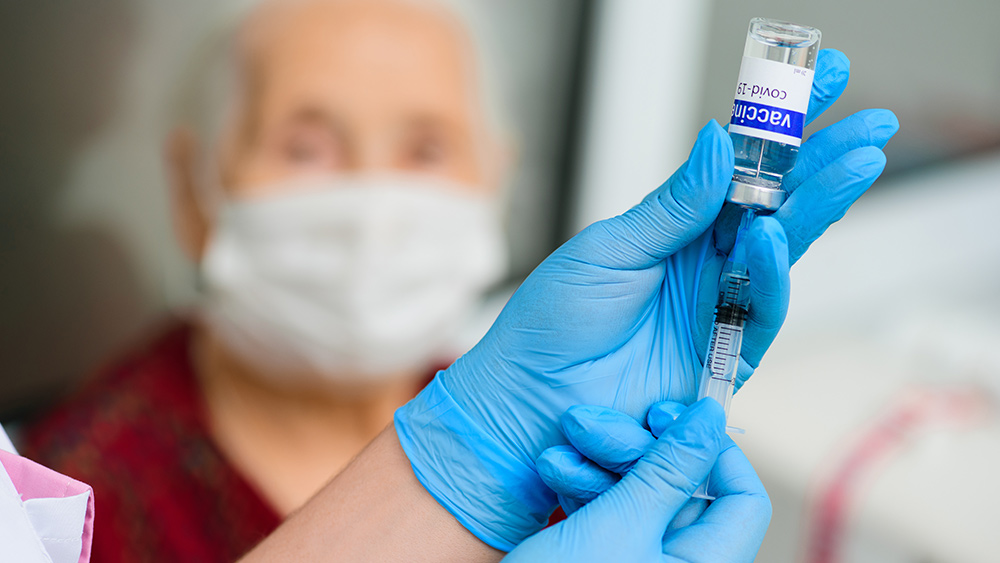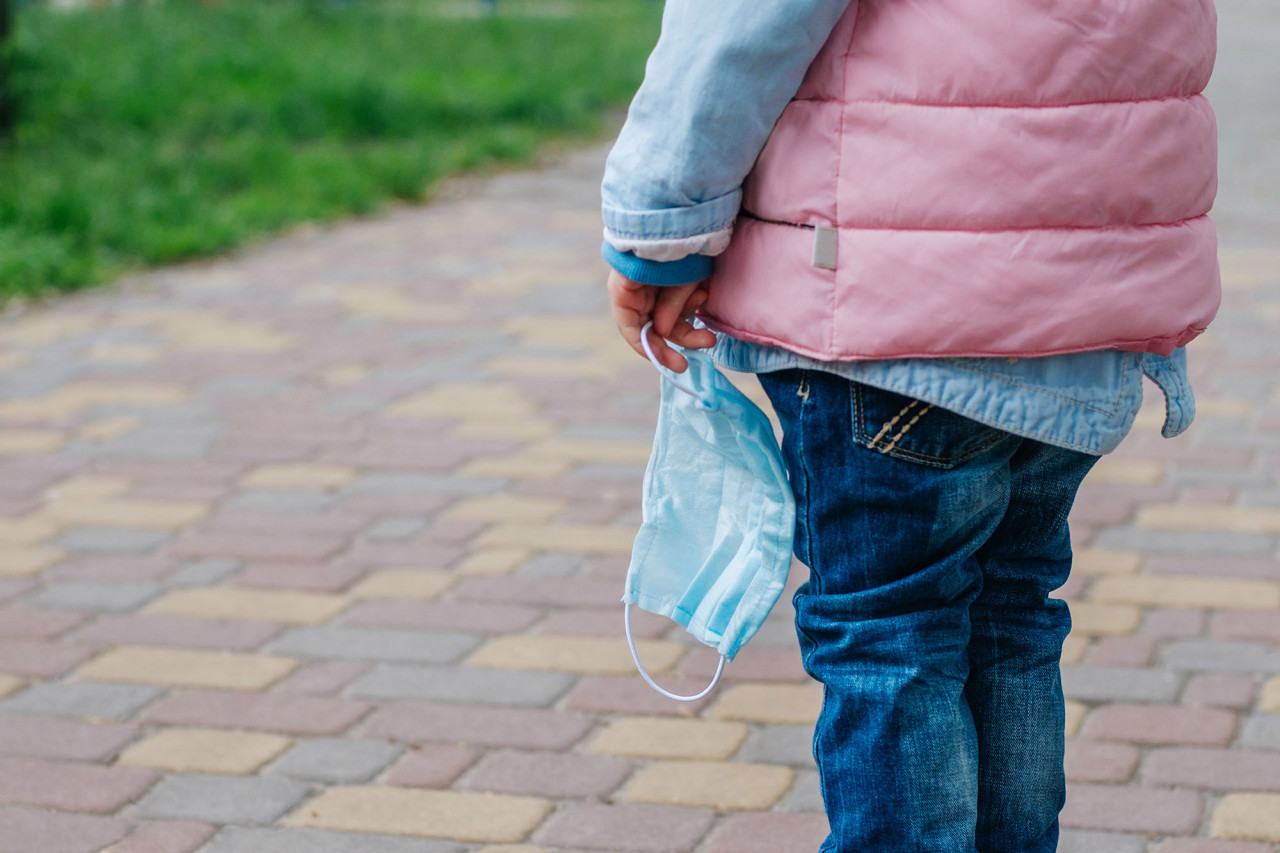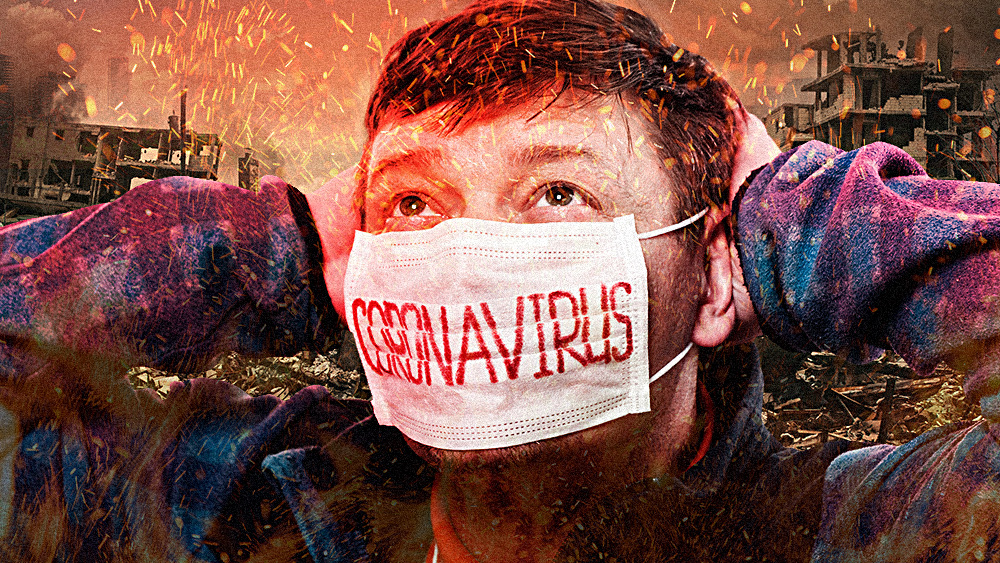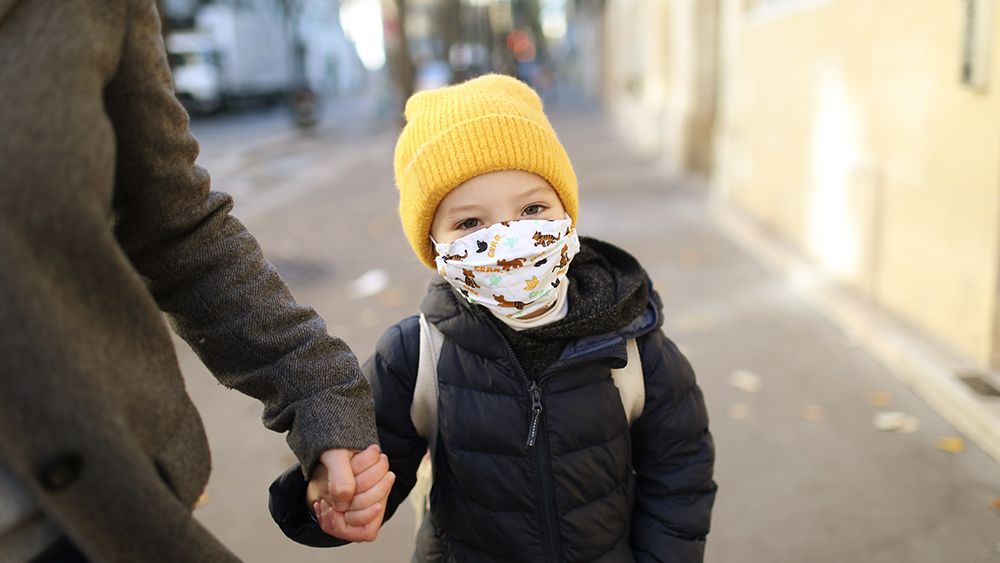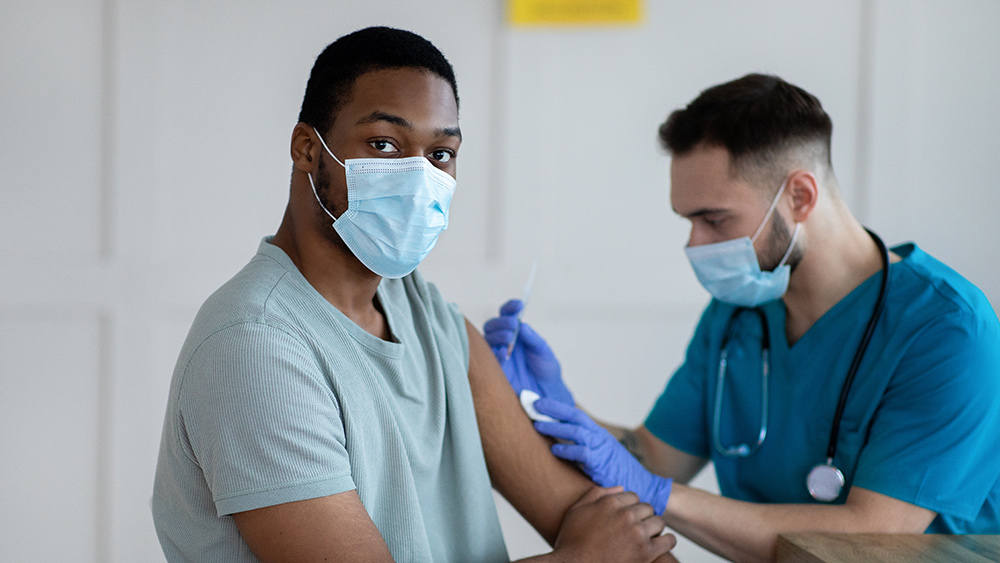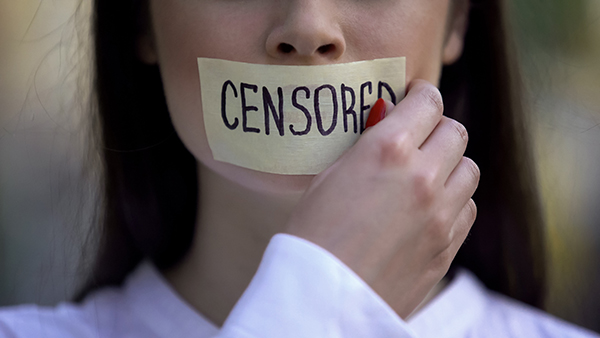Post-vaccine SUPER STRAINS emerge: Coronavirus pandemic in Brazil beginning to affect younger people at higher rates
03/30/2021 / By Arsenio Toledo

As the Wuhan coronavirus (COVID-19) continues to sweep through Brazil, younger Brazilians are dying from it at higher, more alarming rates.
Brazil is currently going through its worst period of the coronavirus pandemic. Every day, its caseloads and deaths regularly set new records for the country. (Related: Brazil relives the worst of the pandemic as coronavirus cases and deaths surge anew.)
According to government data, for the month of March at least 2,030 Brazilians between the ages of 30 and 39 have died due to the coronavirus. This is more than double the number of Brazilians in their 30s who died from COVID-19 in January. More people in their 20s and 40s are also dying from the coronavirus.
“Before, the risk factor to dying from COVID-19 was being older, having some co-morbidity,” said Dr. Domingo Alves, a professor of medicine at the University of Sao Paulo and a member of the national COVID-19 monitoring group. “Now, the risk is being Brazilian.”
“We have otherwise healthy patients that are between 30 and 50-years-old and that is the profile for the majority of patients,” said Dr. Pedro Archer, who works at an intensive care unit at a public hospital in Rio De Janeiro. “That is the big differentiator in this latest wave.”
“The number of serious infections is much higher than in the first wave,” said Dr. Luan Matos de Menezes in Jan. 2021. De Menezes works at an intensive care unit in a public hospital in the city of Manaus, deep in the Amazon rainforest. “You can tell their conditions are much more critical.”
According to data from the Ministry of Health, last year people aged 30 to 59 represented around 20 percent of COVID-19 deaths. But in the first three months of 2021, that number jumped to 27 percent. At the same time, the share of the death toll for those aged 60 and over also fell by seven percent during the same time period.
“Death for a person in their 30s is very, very painful,” said Dr. Maria Dolores da Silva, an intensive care specialist in Sao Paulo. “They have their whole lives ahead of them and COVID takes it.”
Health officials also estimated that around 60 percent of younger patients with COVID-19 required beds in intensive care units. According to Graccho Alvim, head of the Private Hospital Association of Rio de Janeiro, the average stay in intensive care units for COVID-19 patients has doubled from 15 to 28 days.
“That’s because we’re receiving a lot of young patients, and they resist the disease better than the elderly,” said Alvim.
Fiocruz, a health research nonprofit, said that the current crisis is “the worst healthcare and hospital collapse” in the entire history of Brazil. In what many health officials are calling a troubling sign, on Mar. 18, for the first time in Sao Paulo’s history, a 22-year-old COVID-19 patient died with waiting in line for a free bed at an intensive care unit.
Disregard for health recommendations and coronavirus variants responsible for spike in cases among younger Brazilians
Health experts have accused young people of failing to follow social distancing protocols and the recommendation to always wear face masks. According to them, the elderly are more likely to abide by health guidelines than the young.
“Last year, I think the fear of an unknown disease had such an impact on people that they listened to experts’ recommendations,” said Dr. Jaques Sztajnbok, head of the intensive care unit of the Emilio Ribas Hospital in central Sao Paulo.
“But they aren’t anymore. Young people have lost their fear.”
These experts are also pointing to the fact that more people are going out to bars and other large gatherings to party and socialize. This began around the new year and continued during the Carnival holidays. They have also pointed out that Brazil’s lockdown is not very restrictive, with subways and buses still packed and streets in cities still crowded.
Other scientists are blaming this current crisis on the rise of coronavirus variants, including P.1, a strain first detected in Brazil.
Recent data shows that over half of all cases in six Brazilian states were from “variants of concern.” This includes P.1, as well as variants first identified in the United Kingdom and South Africa.
“It’s possible that these new variants are more lethal, but we don’t have scientific data to confirm that,” said Dr. Jesem Orellana, an epidemiologist working for Fiocruz. “But what we do know is that the P.1 variant is more transmissible and that plays a big part in this second wave.”
Learn more about the state of the coronavirus pandemic in countries like Brazil by reading the latest articles at Pandemic.news.
Sources include:
Tagged Under: coronavirus, coronavirus strains, coronavirus variants, covid-19, death toll, face masks, infections, outbreak, pandemic, social distancing, virus, young people
RECENT NEWS & ARTICLES
COPYRIGHT © 2017 SCIENTIFIC NEWS


